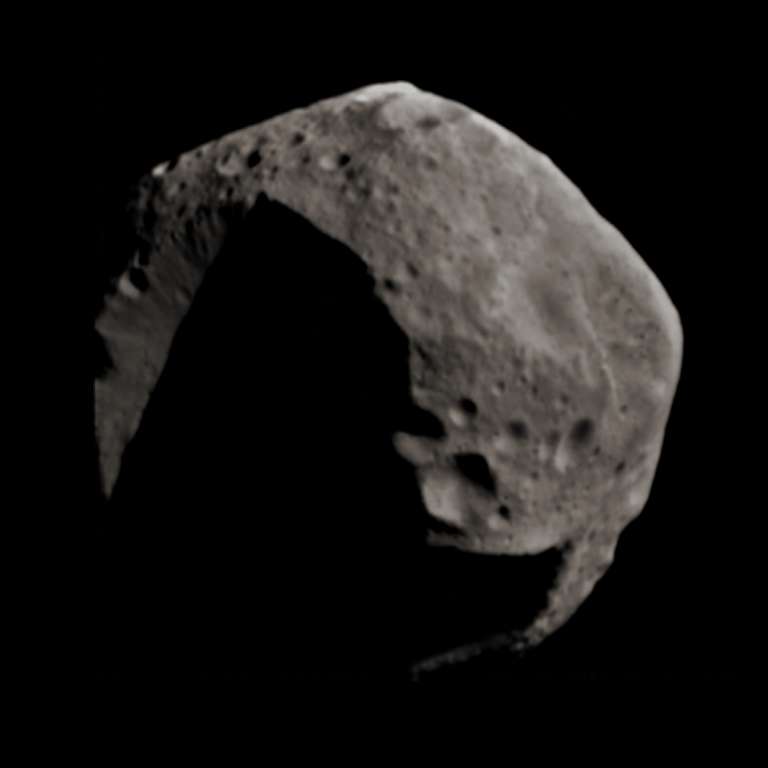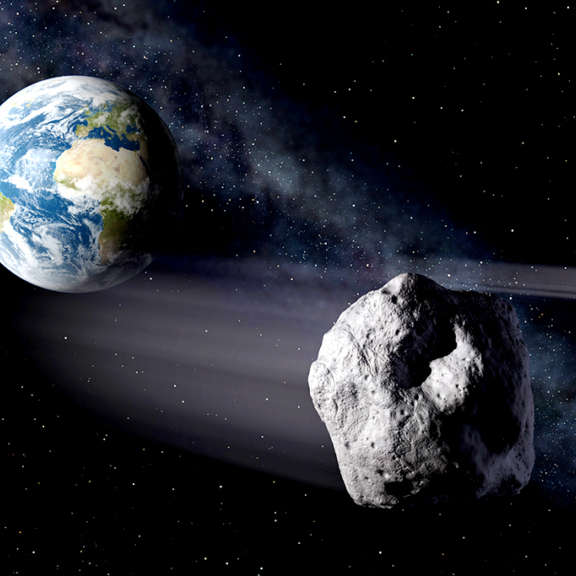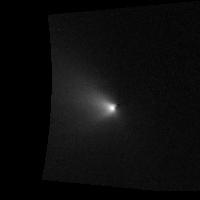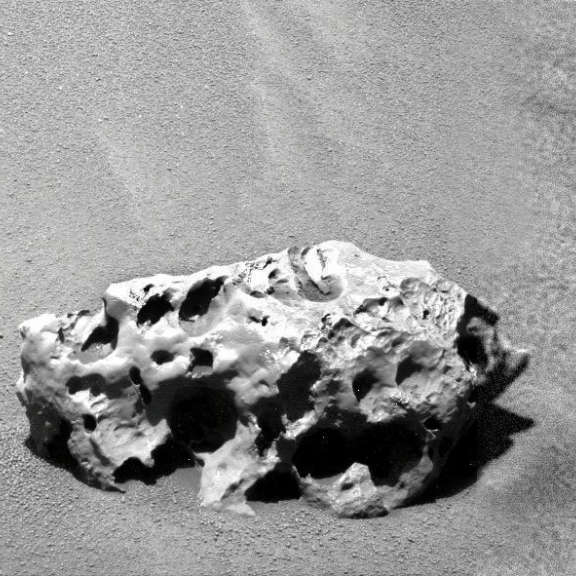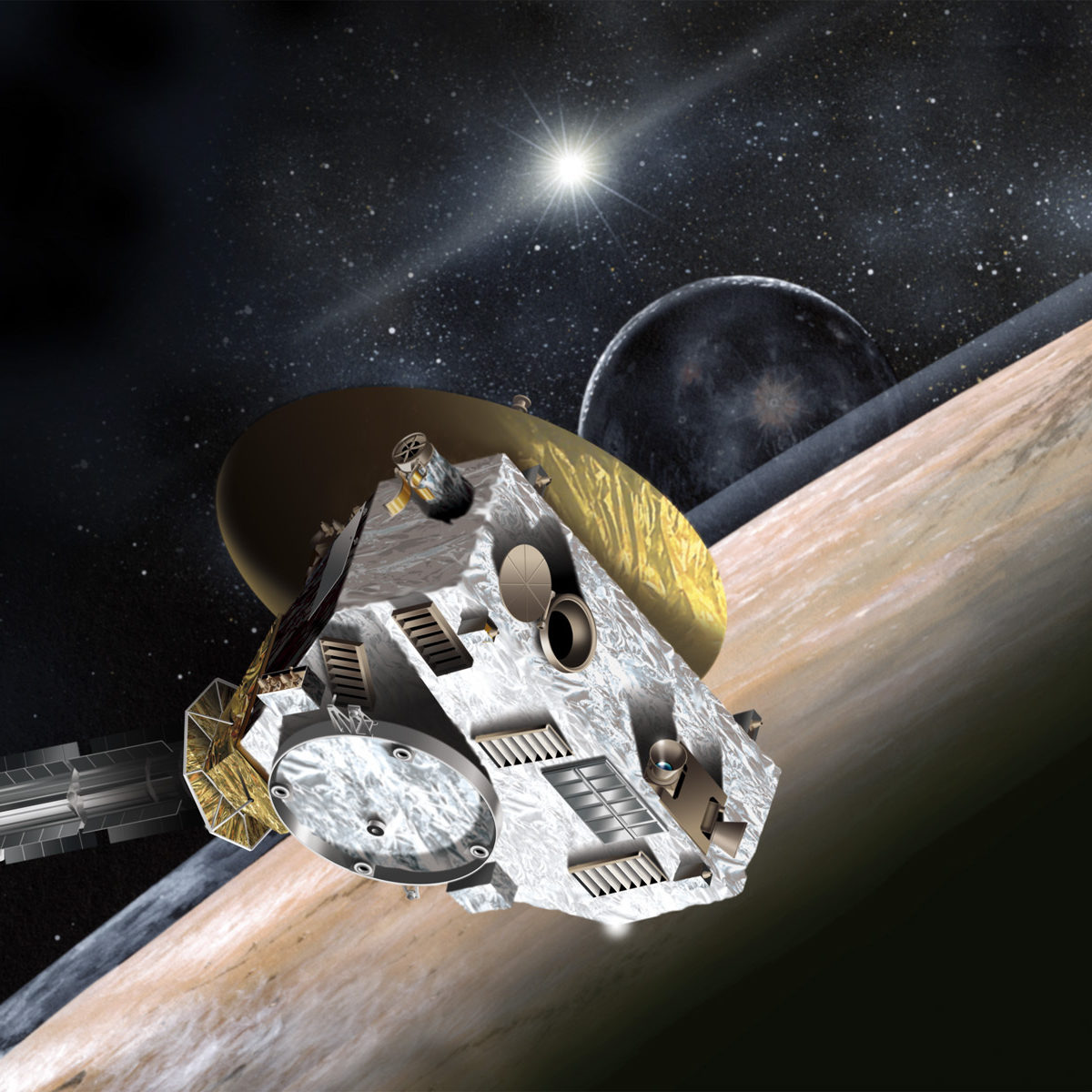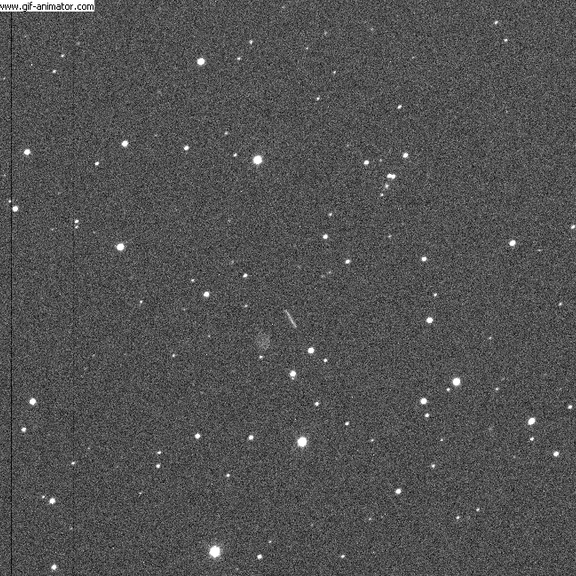All
All
Stories, updates, insights, and original analysis from The Planetary Society.
Planetary Society Advent Calendar for December 8: Itokawa
I love this asteroid. It's just so weird-looking.
Four hundred and fourteen years since Galileo
Galileo, the scientist, discovered the Galilean satellites of Jupiter four hundred years ago next month, while Galileo, the mission, arrived at Jupiter to study those moons in situ fourteen years ago Sunday.
Planetary Society Advent Calendar for December 2: Mathilde
253 Mathilde is the largest asteroid that has ever been visited by a spacecraft. It's held that distinction for more than twelve years, but next year it'll be upstaged by the considerably larger 21 Lutetia, which Rosetta will fly by on July 10.
Near Earth Objects and Planetary Defense
Could a space rock hit Earth and cause widespread devastation? What could we do if we found an asteroid or comet on a collision course with Earth?
Spectacular animation of Halley's comet
It's a holiday and I'm enjoying time with the family, so rather than write a lot, I will let a spectacular image do the talking for me.
Planetary Radio Q and A: Are meteorites on Mars actually interesting?
The Mars Exploration Rover Opportunity has been studying a lot of meteorites. That made me wonder, why study meteorites on Mars when we can study them in hand on Earth? How are Mars meteorites interesting?
Apophis is less scary than it used to be
Based on analyses of previously unstudied telescopic data, NASA scientists have released new predictions for the path of the 300-meter-diameter asteroid Apophis.
It would appear that Opportunity has stumbled upon another meteorite
I wonder if this came from the same original body as Block Island, or if Meridiani is the kind of slowly deflating landscape that accumulates meteorites at its surface, like the ANSMET meteorite hunting spots in Antarctica?
New image of Opportunity on Mars
I really can't explain why it didn't occur to me to search for the rover in the image of Victoria crater released by the HiRISE team on Wednesday.
Ever Plan Ahead? How About Six Years Ahead?
Despite still being more than six years and just over 18 Astronomical Units from the Pluto system, the project team for New Horizons is conducting the second and final portion of our Pluto Encounter Preliminary Design Review (EPDR) tomorrow and the next day.
Updates on the 2007 Shoemaker NEO Grant Recipients (27 April 2009)
Our 2007 Shoemaker NEO Grant winners have been extremely busy over the past two years. Take for example Quanzhi Ye of Guangzhou, China: He was only 18 when he received the award but already the principal investigator of the sky survey at the Lulin Observatory in Taiwan.
Hooray for Hayabusa!
According to JAXA (the Japanese space agency), poor little Hayabusa has successfully restarted its ion engine and has resumed powered flight today. Hooray! This is good news for Hayabusa's eventual return to Earth.
Welcome to the Solar System, Makemake
The trans-Neptunian object formerly known as 2005 FY9 now has a name:
Updates on the 2007 Shoemaker NEO Grant Recipients (27 June 2008)
Amateur astronomers play a critical role in retiring the risk of impact from near-Earth objects. When the Shoemaker NEO Grant program began in 1997, the focus was on finding previously undiscovered objects one kilometer in diameter and larger. Thanks to professional NEO survey programs like LINEAR (the Lincoln Near-Earth Asteroid Research program run by MIT’s Lincoln Laboratories) and the Catalina Sky Survey (run from the University of Arizona’s Lunar and Planetary Laboratory), the goal of discovering the vast majority of large NEOs is within reach, and the focus of the Shoemaker NEO Grant Program has shifted to astrometric follow-up and physical studies.
Hayabusa update
JAXA has posted a note on their website on the status of Hayabusa, which apparently reached aphelion in late May. Hayabusa is Japan's amazing ion-powered mission to asteroid Itokawa, which touched down on Itokawa to grab a sample in mid-November 2005, but suffered an injury that has left in doubt its ability to return the sample capsule to Earth.
Frame a Pluto portrait
As New Horizons continues its journey (it's now approaching the orbital distance of Saturn, though it's very far from that planet in space), the mission is taking advantage of the recent experience with the Jupiter flyby to plan out the science operations for the Pluto-Charon encounter.
LPSC: Thursday: Rovers, Titan, Mars, Venus Express, Neptune
I spent a large portion of the day at the Lunar and Planetary Institute's library and presented my own poster during the poster sessions, so my coverage of Thursday's sessions is limited.
"Return of the Falcon," a new animation of the Hayabusa mission
JAXA has released a 30-minute video of the Hayabusa mission,


 Explore Worlds
Explore Worlds Find Life
Find Life Defend Earth
Defend Earth


 Sun
Sun Mercury
Mercury Venus
Venus Earth
Earth Mars
Mars Jupiter
Jupiter Saturn
Saturn Uranus
Uranus Neptune
Neptune Small Bodies
Small Bodies

